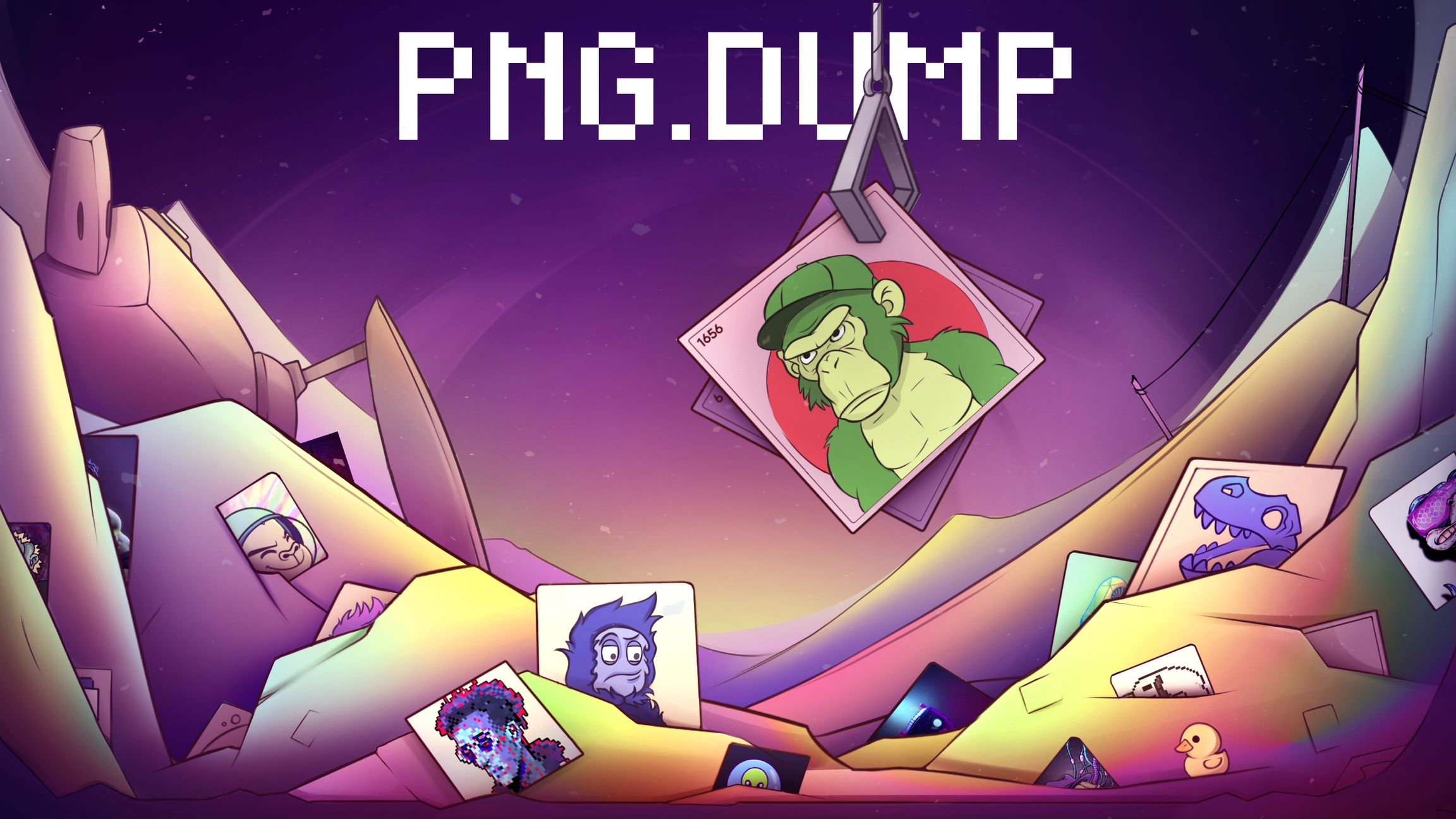"Proof Of UseCase"
Summarizing Our Thesis on NFT Use Cases and general practices

Having explored all parts of our thesis in depth, let's revisit the key points and questions essential to our project.
What does this NFT allow me to do?
This question should become the fundamental basis for assessing any venture in the sector. We want our users to ask themselves every time they think about acquiring some of our tokens. And if the answer is not satisfying, it might be wise to consider another project offering better tangible benefits.
NFTs need a use case to retain value
Without pragmatic applications generating true value (rather than just redistributing it), we risk devaluing the groundbreaking technology to mere collectibles or, worse, into the "exclusive" niche market. By all measures, this model has not only faced a bear market but behaves like a burst market bubble left in the past.
For this part of Web 3.0 to truly succeed, the paradigm should shift from mere ownership to meaningful usage, transitioning from mere possession to utility.
The challenge, as we see it, is to go beyond the simple transference of digital assets and embrace a model where the digital tokens' value derives from their usage and additional value generated within a system.
NFTs need a use case to maintain non-fungibility
In other words, the use case itself authenticates and validates the token's value.
A successful implementation of this so called "Proof Of Use Case" requires all transactions to occur on the blockchain. From the generation of tokens themselves, to the matchmaking, RNG seeding, calculation of any outcomes be it financial or gaming related ones - everything must be transparent and immutable on the chain as long as tokens and therefore value of any kind is involved.
NFTs with a use case aren't chain restricted
Beyond a single chain, blockchain's real promise lies in its role as a foundational technology, not just as a project host/platform.
We believe there's a huge potential in cross-chain interoperability, giving users the freedom to move across different chains while retaining their value because the value is protected by project and it's core not the chain it uses as a utility for its transparent operations.
It's time to move on...
This transition demands innovative thinking and a willingness to challenge existing paradigms. But only those who embrace this approach can deliver an actual systemic shift from malicious practices to the proper use of Web 3.0 technology.
In the upcoming chapter, we'll delve into the practicalities of bringing this model to life with our first little project.
Last updated
Was this helpful?